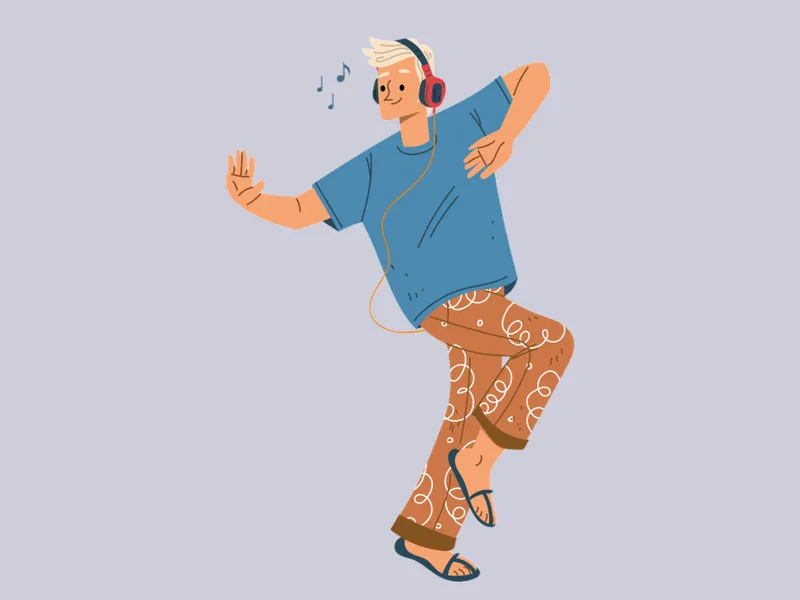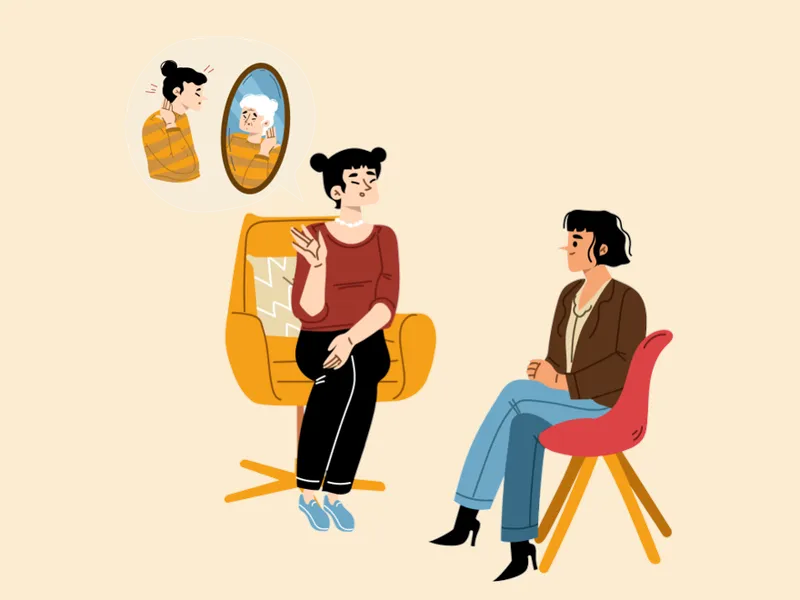Title: The INTJ Mastermind: Why诸葛亮 is an INTJ in MBTI Typology
Introduction
The Myers-Briggs Type Indicator (MBTI) is a widely-used personality framework that categorizes individuals into 16 distinc
INTJ
This article delves into the unique dynamics between an INTJ male, symbolized as the "Lion," and an INTJ female, represented as the "Capricorn," exploring the depths of their shared INTJ traits and how these manifest in their interactions. The INTJ personality type is characterized by its strategic thinking, independence, and a penchant for logical reasoning. By understanding and embracing their strengths and working on their areas for improvemen
This article aims to explore the psychological underpinnings of INTJ males and how their classic appearance might reflect their deep-seated personality traits. INTJs are known for their strategic thinking, independence, and a penchant for logical reasoning. Their classic appearance might manifest in several ways, including functional and practical clothing, upright and assertive posture, reserved and thoughtful facial expressions, and direct and
This article delves into the psychological nuances of INTJ behavior to help discern these subtle signs of affection. INTJs are known for their introverted intuition (Ni), which allows them to see patterns and possibilities that others might overlook. However, when an INTJ develops an interest in someone, their tertiary function, introverted feeling (Fi), begins to play a more significant role. By observing their increased engagement, intellectual
This article delves into the psychological depths of INTJ personalities, exploring why they are often perceived as formidable and what makes them a force to be reckoned with. INTJs are characterized by their introverted, intuitive, thinking, and judging preferences, resulting in analytical, strategic, and independent individuals. They are known for their ability to see patterns where others see chaos and for their relentless pursuit of efficiency
This article delves into the unique characteristics of an ISFJ male and an INTJ female, exploring their distinct traits and how they can either harmonize or challenge their interactions. The article highlights their potential differences in communication styles and priorities, but also identifies opportunities for synergy and mutual growth. Understanding and appreciating each other's strengths and weaknesses is key to navigating the potential pit
This article delves into the psychological underpinnings of why INTJs, despite their reserved nature, may find themselves moved to tears. INTJs are characterized by their introversion, intuition, thinking, and judgment preferences, but they are not immune to the ebb and flow of human emotion. The article explores the role of stress and overload, the significance of empathy, and the interplay of cognitive functions that influence emotional experie
This article delves into the relationship between the INTJ personality type and the avoidant attachment style, exploring how this personality type may manifest an introverted and aloof approach to emotional connections. INTJs are known for their intellectual prowess and strategic thinking, often prioritizing logic over emotion. This preference can sometimes lead to a perceived emotional detachment, as INTJs may struggle to articulate their feelin
This article delves into the psychological depths of the INTJ personality type, exploring their unique traits, motivations, and the complexities that make them one of the most fascinating types in the MBTI spectrum. INTJs are characterized by their combination of Introversion, Intuition, Thinking, and Judging preferences, resulting in individuals who are analytical, future-oriented, and highly independent. They are often referred to as the "Archi
This article delves into the potential external characteristics that may be observed in an INTJ female, drawing from psychological insights and common behavioral patterns. The traits discussed include aesthetic sensibility, non-conformity in dress, practicality and comfort, professionalism and formality, accessory choices, grooming and hygiene, and body language and presence. Understanding these external characteristics can provide deeper insight









